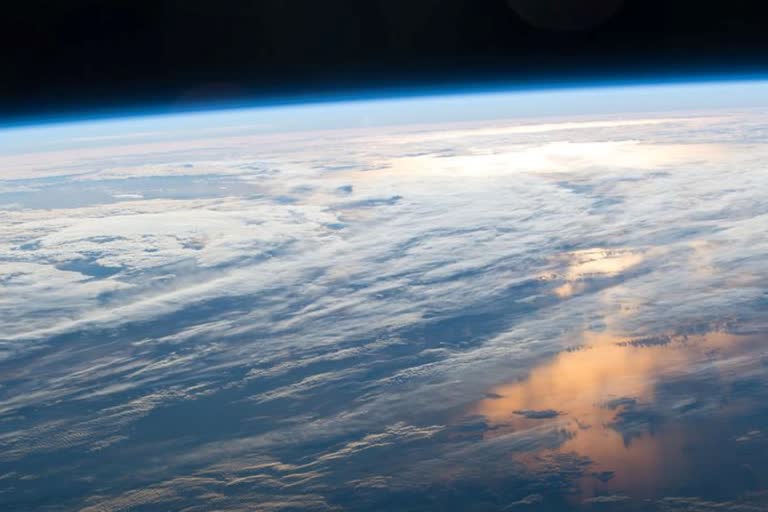New Delhi: The smoke from recent wildfires is threatening to slow and even reverse the recovery of Earth's ozone layer, according to a study. Ozone layer is the protective cover shielding the Earth from the Sun's damaging ultraviolet radiation. Researchers from the Massachusetts Institute of Technology (MIT) in the US noted that a wildfire can pump smoke up into the stratosphere, where the particles drift for over a year.
While suspended there, these particles can trigger chemical reactions that erode the ozone layer. The study, published in the journal Nature, focused on the smoke from the Black Summer megafire in eastern Australia, which burned from December 2019 into January 2020. The fires - the country's most devastating on record - scorched tens of millions of acres and pumped more than one million tonnes of smoke into the atmosphere.
Also read: Scientists call for an international legal treaty ensuring sustainable space exploration
The researchers identified a new chemical reaction by which smoke particles from the Australian wildfires made ozone depletion worse. By triggering this reaction, the fires likely contributed to a 3-5 per cent depletion of total ozone at mid-latitudes in the Southern Hemisphere, in regions overlying Australia, New Zealand, and parts of Africa and South America. The researchers' model also indicates the fires had an effect in the polar regions, eating away at the edges of the ozone hole over Antarctica.
By late 2020, smoke particles from the Australian wildfires widened the Antarctic ozone hole by 2.5 million square kilometers - 10 per cent of its area compared to the previous year, the researchers said. It is unclear what long-term effect wildfires will have on ozone recovery, they said. The United Nations recently reported that the ozone hole, and ozone depletion around the world, is on a recovery track, thanks to a sustained international effort to phase out ozone-depleting chemicals.
However, the latest study suggests that as long as these chemicals persist in the atmosphere, large fires could spark a reaction that temporarily depletes ozone. "The Australian fires of 2020 were really a wake-up call for the science community, said Susan Solomon, a professor at MIT. "The effect of wildfires was not previously accounted for in [projections of] ozone recovery. And I think that effect may depend on whether fires become more frequent and intense as the planet warms," Solomon added. (PTI)



